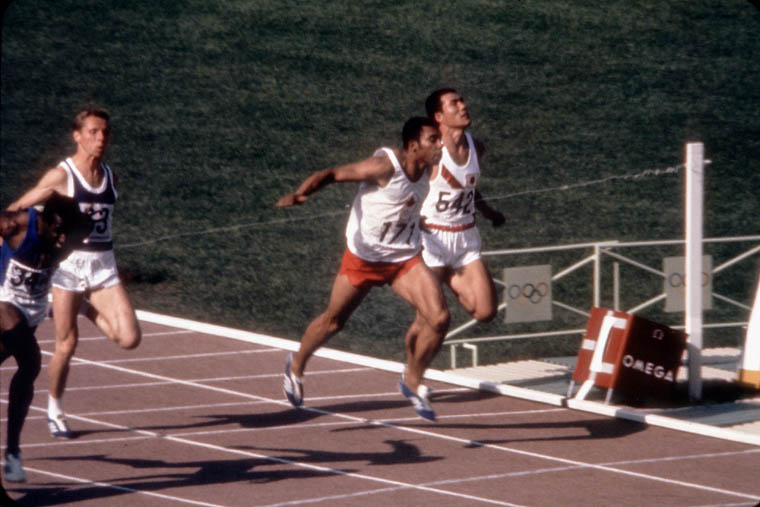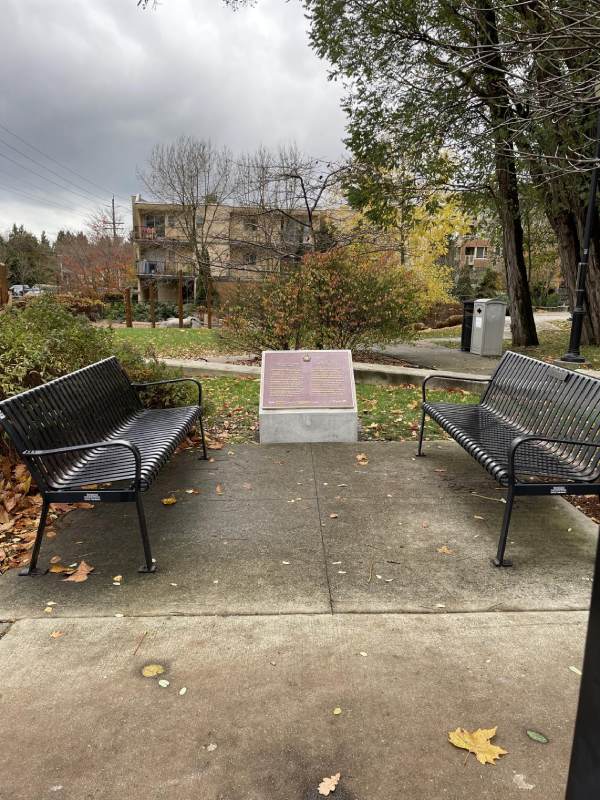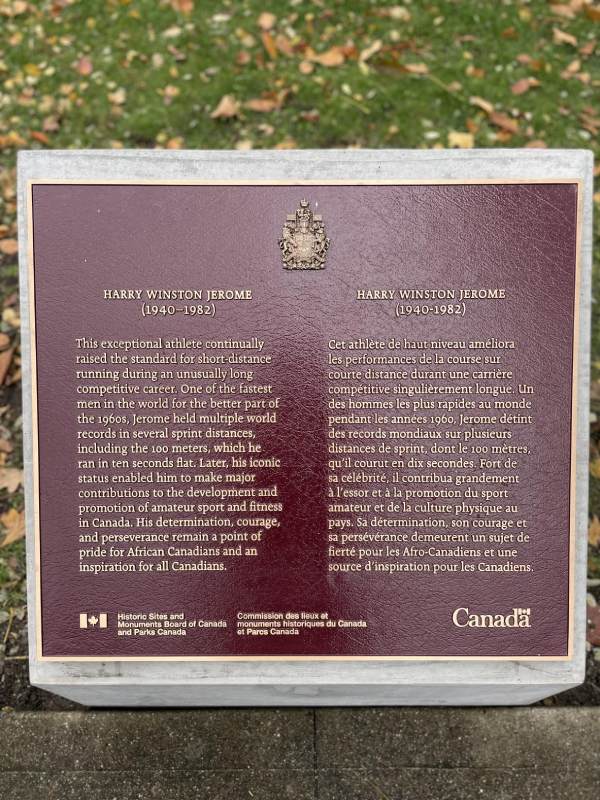Harry Winston Jerome National Historic Person (1940-1982)

© Library and Archives Canada / 3592194
Harry Winston Jerome was designated as a national historic person in 2009.
Historical importance: continuously met and raised the standard for short distance dashes during an unusually long sprint career in the 1960s.
Commemorative plaque: 2151 Lonsdale Avenue, North Vancouver, British ColumbiaFootnote 1
Harry Winston Jerome (1940-1982)
This exceptional athlete continually raised the standard for short-distance running during an unusually long competitive career. One of the fastest men in the world for the better part of the 1960s, Jerome held multiple world records in several sprint distances, including the 100 meters, which he ran in ten seconds flat. Later, his iconic status enabled him to make major contributions to the development and promotion of amateur sport and fitness in Canada. His determination, courage, and perseverance remain a point of pride for African Canadians and an inspiration for all Canadians.
Harry Winston Jerome (1940–1982)
Harry Jerome continuously met and raised the standard for short distance dashes during an unusually long sprint career in the 1960s. He equalled or established numerous Canadian sprint records, as well as several world records, including in the 100-metre, 100-yard, 60-yard and 4x110-yard relay disciplines. He was the first sprinter to (co-)hold the world record in both the 100-yard and 100-metre distances and was on a short list of the fastest men in the world for the better part of the decade. As one of a few athletes who embodied Canadian track and field during the 1960s, Jerome converted his iconic status into important contributions to the development and promotion of amateur sport and fitness in Canada through the 1970s and early 1980s. His determination and perseverance have served as a point of pride for African Canadians and an inspiration for all Canadians.
Harry Jerome was born in Prince Albert, Saskatchewan, on 30 September 1940, but his family moved first to Winnipeg and then to North Vancouver in late 1952. Jerome was an avid athlete, excelling at football, hockey, and baseball. His high school track and field coach, however, convinced Jerome that his future lay in sprinting. Jerome competed for Canada at the Olympic Games in 1960, 1964 and 1968, at the British Empire (Commonwealth) Games in 1962 and 1966, and at the Pan American Games in 1959 and 1967. Unfortunately, two major injuries hampered Jerome when he was on the world stage early in his amateur career. Jerome persevered through the injuries, returning to elite sprinting in 1964 as strong, or stronger, than ever. He reached the 100-metre podium at each year’s major international track meet between 1964 and 1967 inclusive, winning two bronze and two gold medals along the way.

© Parks Canada

© Parks Canada
Jerome retired from high-performance athletic competition after the 1968 Olympics. He then joined the federal government’s Fitness and Amateur Sport Directorate (today, Sport Canada). Jerome subsequently designed and directed British Columbia’s Premier’s Sport Award Program, which is considered by many to be his greatest legacy. This program still provides teaching material, clinics and awards to upgrade the quality of physical education. More than one million children have received merit badges under this program.
Jerome died suddenly of a brain aneurysm on 7 December 1982. His inspirational career led to numerous honours during his lifetime, and posthumously.
This press backgrounder was prepared at the time of the plaque unveiling in 2016.
The National Program of Historical Commemoration relies on the participation of Canadians in the identification of places, events and persons of national historic significance. Any member of the public can nominate a topic for consideration by the Historic Sites and Monuments Board of Canada.
- Date modified :